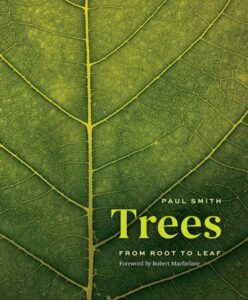 As one who grew up – and continues to make a home – in the Pacific Northwest on the western side of the Cascade Mountain Range, trees have been a daily part of life from its very beginning right up to the present day. Not only are they a ubiquitous feature of the local landscape and a cornerstone of the area’s regional ecosystem, they are a vital component of the economic system upon which many here – including members of not only my own family but my own household – depend for their livelihoods.
As one who grew up – and continues to make a home – in the Pacific Northwest on the western side of the Cascade Mountain Range, trees have been a daily part of life from its very beginning right up to the present day. Not only are they a ubiquitous feature of the local landscape and a cornerstone of the area’s regional ecosystem, they are a vital component of the economic system upon which many here – including members of not only my own family but my own household – depend for their livelihoods.
Therefore it should go without saying that as a naturalist living in such an environment, I have more than just a passing interest in trees. Whenever a noteworthy new book is published about them, I tend to sit up and take notice, as I did recently upon learning about the publication of Trees; From Root to Leaf by The University of Chicago Press. Written by Dr. Paul Smith, with a foreword by Dr. Robert Macfarlane, Trees provides its readers with a copiously illustrated compendium of information arranged and presented in a manner that makes it very accessible to all regardless of their previous familiarity with the subject.
Each chapter of Trees follows the overall plan that guides readers through their biology and life cycle, their relationship to and interaction with their environment, and finally our relationship with them. And each of these chapters is divided into shorter sections that each take up a particular topic within the chapter’s overall subject; for example, the chapter Seeds is divided into such sections as Size, Dispersal Adaptations, Distance Traveled, Color, etc., which makes it very easy for the reader to progress through what is admittedly a very large body of knowledge a small bit at a time in easily mentally digestible portions.
If you have an interest in learning more about these remarkable organisms but perhaps don’t know where to begin doing so, Trees is most certainly a book about which you should know. It would also make a lovely gift for most anyone whose interests incline toward natural history.
If you enjoyed reading this, please consider signing up for The Well-read Naturalist's newsletter. You'll receive a helpful list of recently published reviews, short essays, and notes about books in your e-mail inbox once each fortnight.
